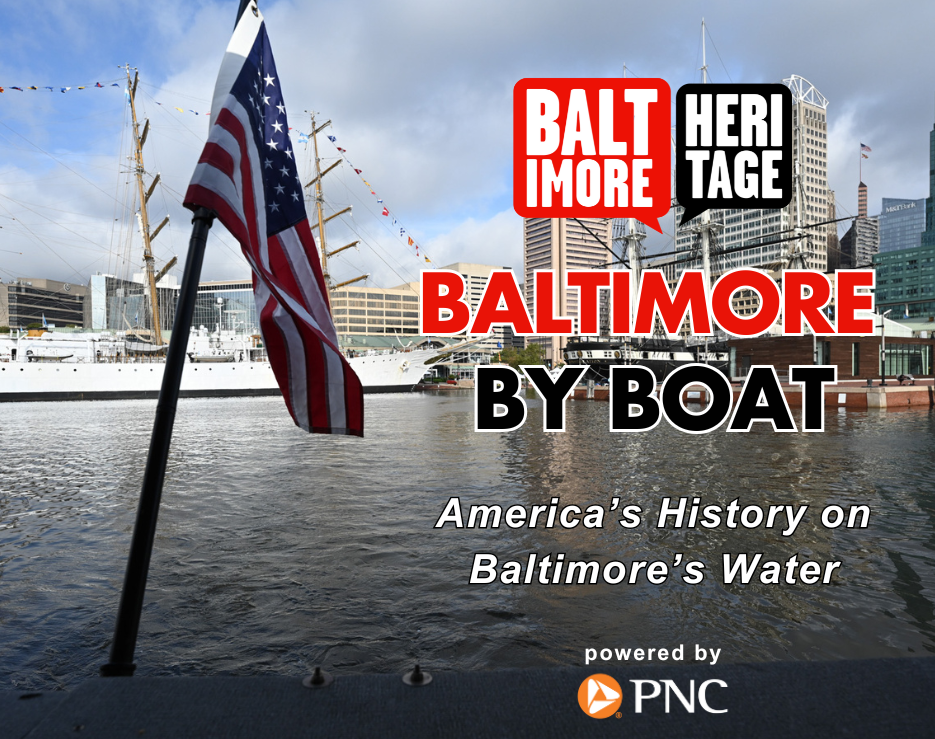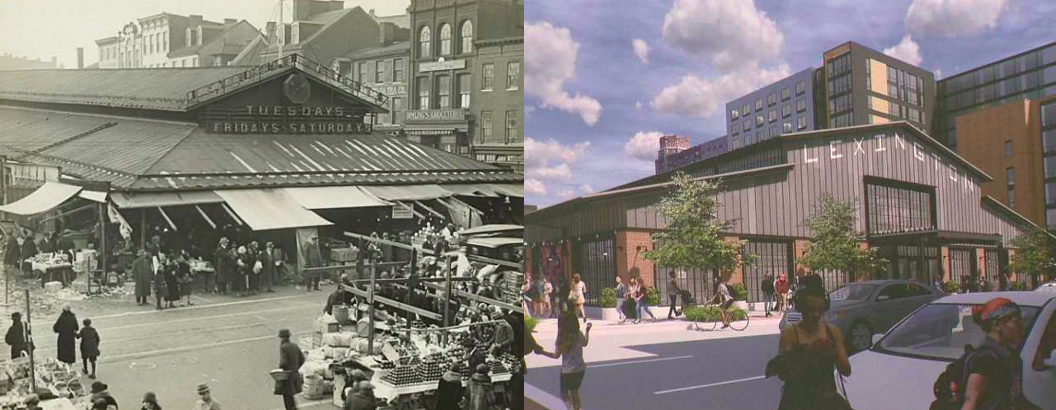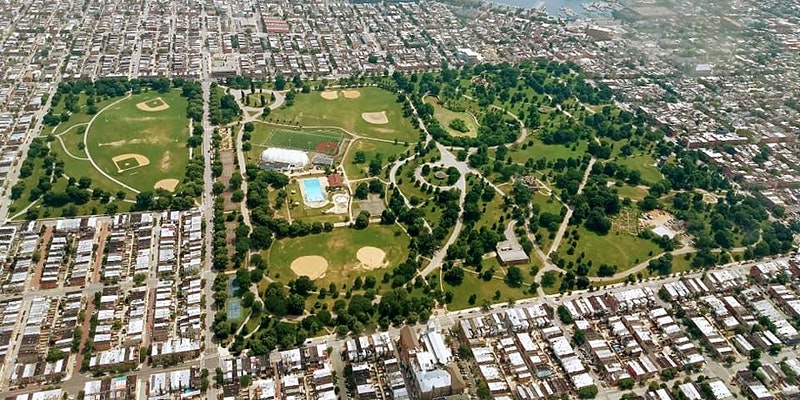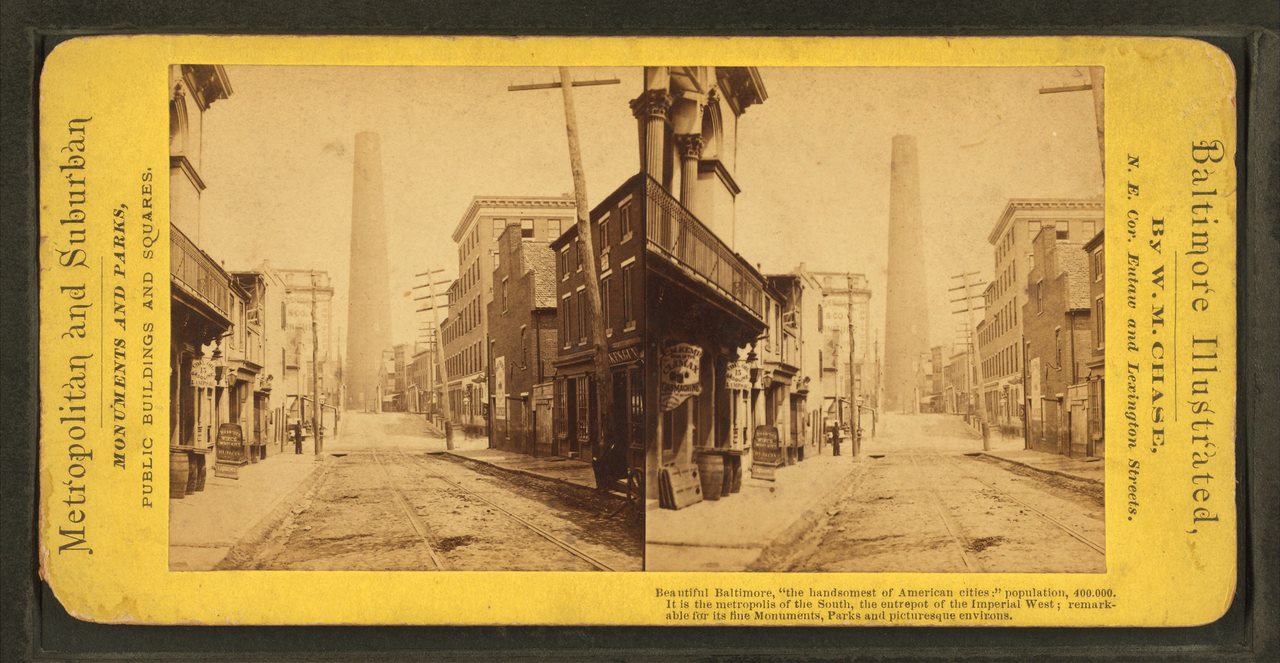
Baltimore by Boat
Harborplace Watertaxi Stop 201 E. Pratt St, Baltimore, United StatesJoin us for our Baltimore by Boat tour starting at 9:30 am to beat the heat! Join us to discover America’s history on Baltimore’s water with our new Inner Harbor boat tours! America defeated the British here. Frederick Douglass escaped from here. Today we are pioneering watershed restoration here. Join us for 300 years of history on a live-narrated tour of Baltimore’s world famous Inner Harbor. Come see how Baltimore’s wonderful waterfront connects the past with the present and Baltimore to the rest of the world.



